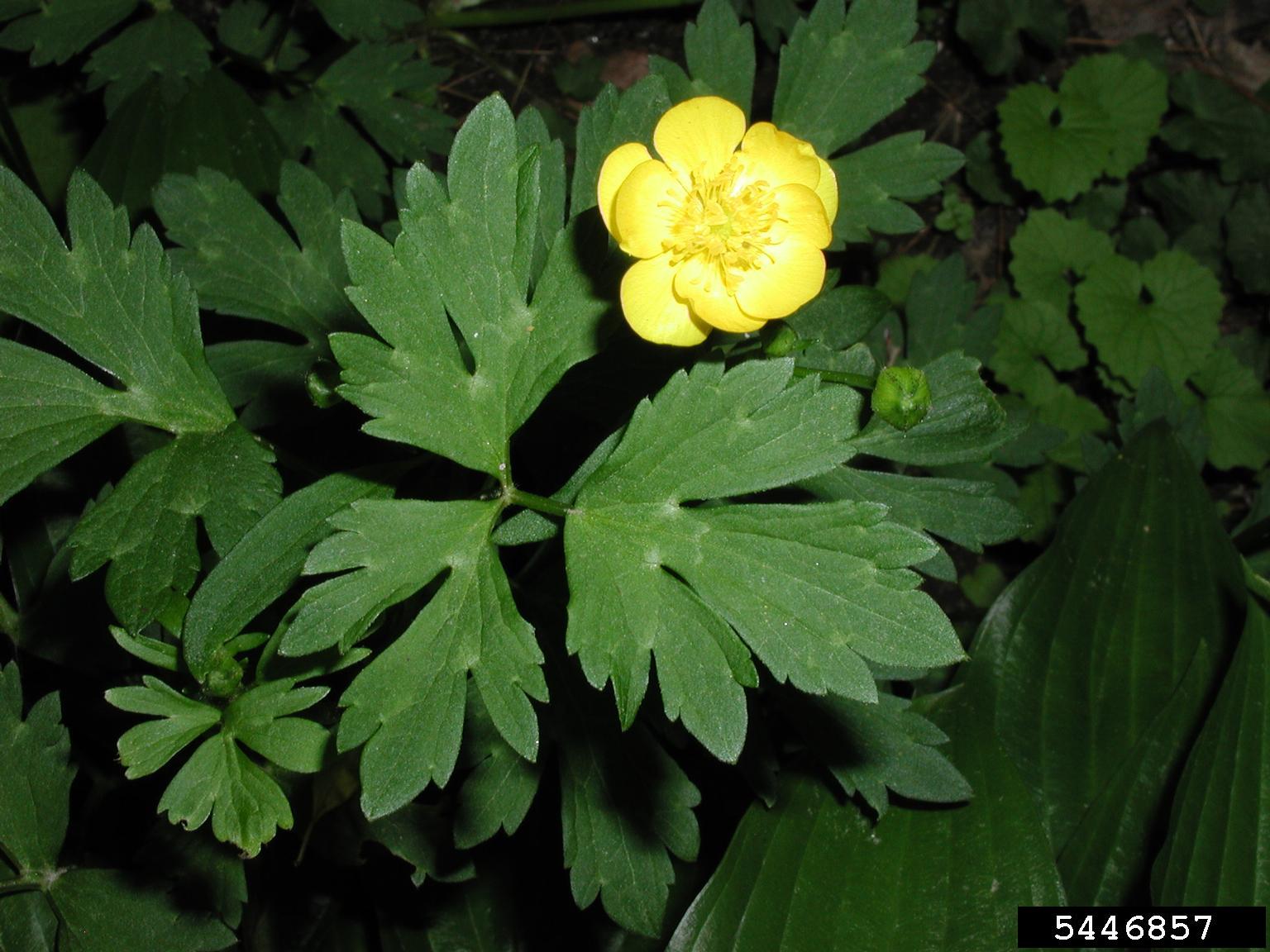
Transactions of the Philological Society (6): 65. Royal Botanic Gardens, Kew and Missouri Botanic Garden. It flowers from May to August when it attracts flies, beetles and bees including honey bees. ^ "The Plant List: Ranunculus sceleratus L". Creeping buttercup ( Ranunculus repens) is a British native perennial commonly found on heavy soils and is found in moist grassland, marshes and along woodland paths.Cambridge, U.K.: Cambridge University Press. New Flora of the British Isles (Third ed.). Greensboro, North Carolina: National Plant Data Team. Retrieved 15 March 2019 – via Korea Forest Service. English Names for Korean Native Plants (PDF). ^ " Ranunculus sceleratus, Celery-leaved buttercup".longissimus is found from Minnesota to Alabama according to their biodiversity and plant atlases respectively. multifidus occurs in north western North America. reptabundus occurs in northern Finland and north-west Russia. Ranunculus sceleratus has a circumpolar distribution in the northern hemisphere There are two varieties and one subspecies with distinctive distributions: R. When the leaves are wrinkled, damaged or crushed, they bring out unsightly sores and blisters on human skin. stems villous, the hairs usually discernable to the naked eye, base of some roots tuberous-thickened and 12 mm thick, nad basal leaf blades usually broad-cuneate to truncate at base (vs. While buttercups are toxic due to the presence of the substance protoanemonin, this applies in particular for the cursed buttercup: it is the most toxic buttercup and contains 2.5% protoanemonin.

The fruit is an achene borne in a cluster of several. The flowers are 5-10mm across with five or fewer yellow petals a few millimeters long and reflexed sepals. The leaves are more or less glabrous (hairless) and have small blades each deeply lobed or divided into three leaflets. Ranunculus sceleratus is an annual herb growing up to half a meter tall. multifidus Nutt.Ranunculus sceleratus (石龍芮) diagram in Gujin Tushu Jicheng encyclopedia by Chen Menglei The Thompson Indians rubbed flowers or whole plants of celery-leaved buttercup on arrow points as a poison. However, larger quantities must be eaten for serious toxic effects to be experienced. The toxic principle is protoanemonin, released from the glycoside ranunculin.
Celery leaf buttercup weed skin#
Skin redness, burning sensation, and blisters may follow contact with the sap. Ingestion causes burning of the mouth, abdominal pain, vomiting, and bloody diarrhea. The plant also has a strongly acrid juice that can cause blistering to the skin. The seed is tonic and is used in the treatment of colds, general debility, rheumatism and spermatorrhea.Īll parts of buttercups are mildly poisonous when fresh, the toxins are destroyed by heat or by drying. The leaves and the root has been used externally as an antirheumatic. The herb should be used fresh since it loses its effects when dried. If chewed it inflames the tongue and produces violent effects. When bruised and applied to the skin it raises a blister and creates a sore that is by no means easy to heal.

Celery-leaved buttercup is also known as cursed buttercup, and for good reason. The whole plant is acrid, mildly pain-relieving, antispasmodic, induces sweating, promotes or assists the flow of menstrual fluid and causes irritation to the skin. wild plants, feral cultivars, and common weeds. The celery-leafed buttercup is one of the most virulent of our native plants. Moist meadows and boggy shoreland to semi-aquatic and often brackish areas, in w. Stamens 15-20.įruits: achenes, 100-250 in a cylindrical cluster, obovate in outline, about 1 mm long, flattened, the central portion of the face smooth and set off from the edges by a distinct depression. Receptacle in fruit ellipsoid-cylindric, up to 14 mm long, usually slightly short-hairy. No check The fig buttercup, also known as the lesser celandine or pilewort, is a non-native plant from Europe and Northern Africa that has the potential to become a very bad invasive species in South Carolina. Nectary scale 1 mm long, largely joined to the petal, the edges and base forming a slight pocket bordering and partially covering the exposed gland. Scientific Names: Celery-leaved buttercup, Ranunculus sceleratus L.

Sepals 5, spreading, yellowish, 2-4.5 mm long, soon dropped. There are 3 types of buttercups found in Ontario: celery-leaved, tall and creeping. Stem leaves numerous, alternate, more deeply cleft or divided than the basal leaves.įlowers: several on stalks rather stout, 1-3 cm long. Leaves: the basal with a stalk 2-4 times as long as the blades, the blade reniform in outline, mostly 2.5-4 cm long and deeply 3 (or apparently 5)-parted into more or less wedge-shaped, and again less deeply once- or twice-lobed or toothed. Stems 1 to several, erect, 20-50 cm tall, usually freely branched, hollow. General: hairless to sparsely stiff-hairy annual with numerous slender, fleshy roots.


 0 kommentar(er)
0 kommentar(er)
